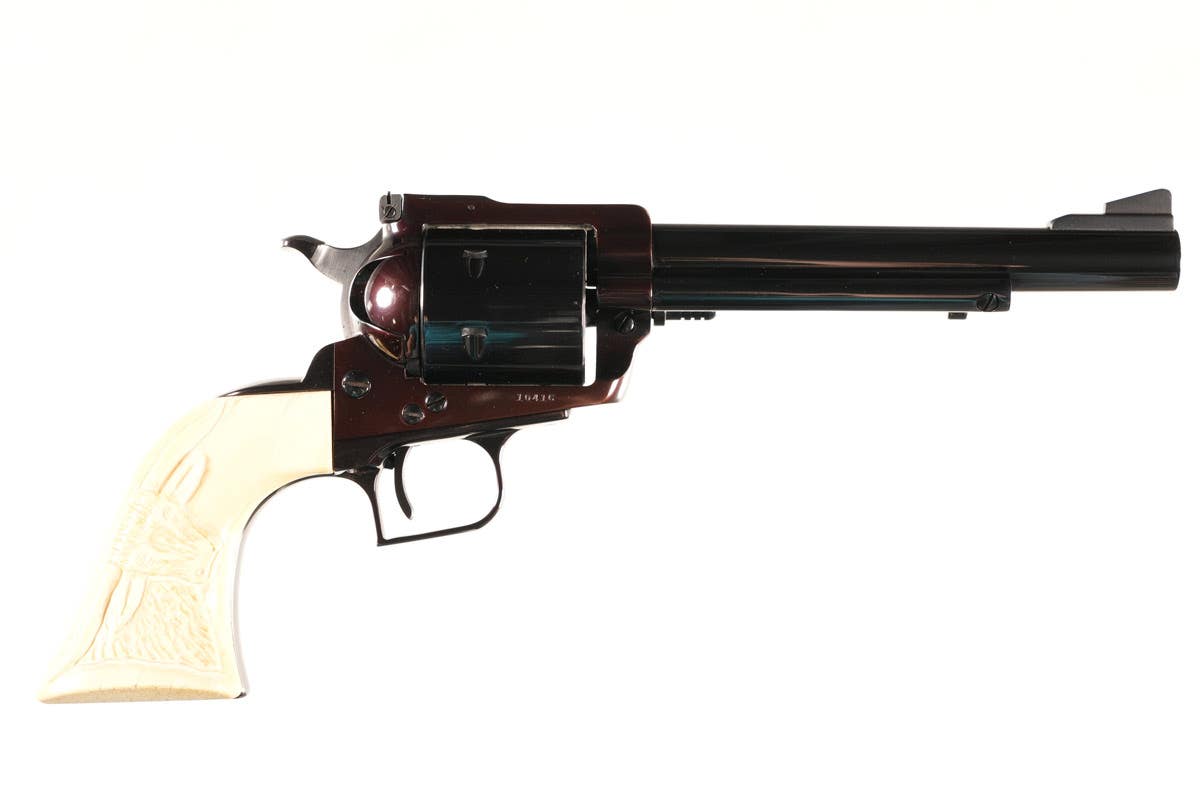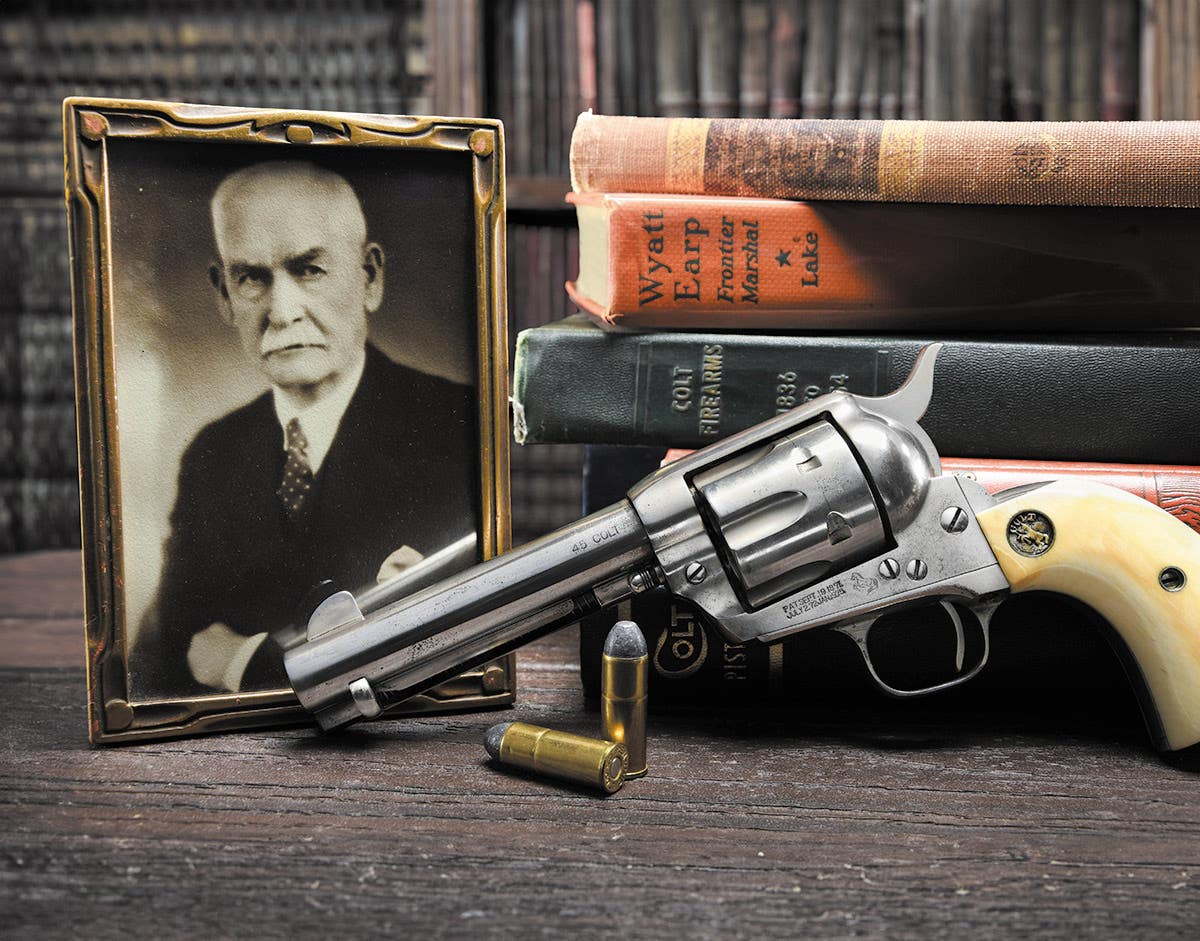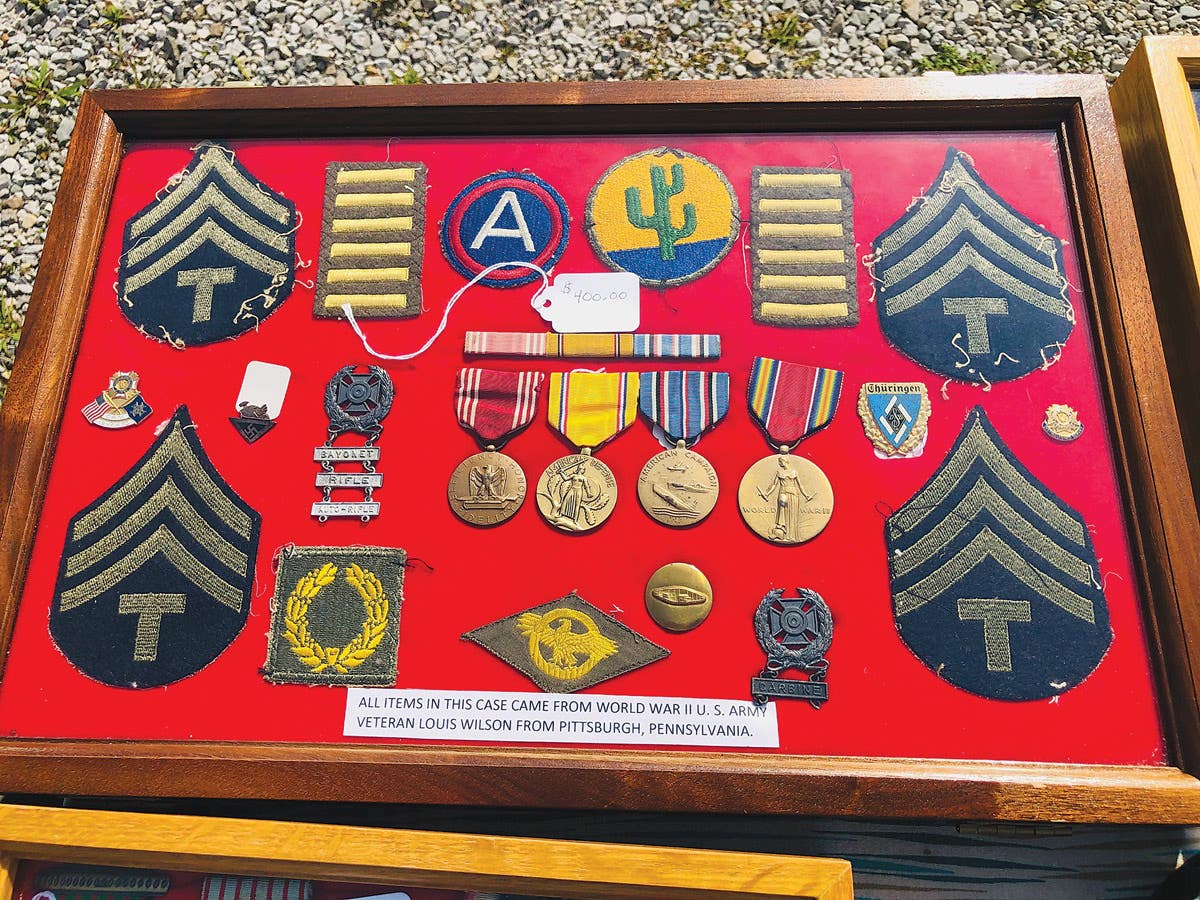Can opinions be wrong in military history and collecting? It depends
In military history as well as militaria collecting there are universal truths, but there are also details that can be debated.
When it comes to military history, and with it military collectibles, there are absolute truths. An armistice ended the fighting on Nov. 11, 1918. What we now describe as the First World War officially ended with the signing of the Treaty of Versailles on June 28, 1919. However, there is no one “truth” to how World War I began.
As an avid history buff, I’ve read no less than a dozen books on the origin of the conflict, and we can all agree that the assassination of Archduke Franz Ferdinand of Austria and his wife, Sophie, by Serbian nationalist Gavrilo Princip was the catalyst that lit a long fuse. Yet, there is much more than just the assassination, which is why it is a topic that will continue to be studied and written about for many years to come.
Even now, more than 107 years after the horrific conflict ended, there is no clear consensus on why it began or whether it was destined to be. The same is true of the Indian Mutiny, another conflict I’ve read a great deal about. The greased cartridges that offended the East India Company’s Muslim and Hindu Sepoys were undoubtedly a part of it, but again, there is so much more that led to the mutiny.
What is notable is how we look at these and other events.
Historians Byron Farwell and Saul David offered very different perspectives on the Indian Mutiny of 1857, and anyone interested in the topic should read their (and other) accounts. The point is that when it comes to history, there are facts, and then there is our interpretation of the events. Sir Syed Ahmed Khan, who wrote about the mutiny just a year after its conclusion, indeed presented a different view than that of Kim A. Wagner, who looked into various theories and rumors decades after the fact. Is one view right and another wrong?
Well, that depends. Modern scholars, including Adrian Greaves, Ian Knight, and Michael Barthrop, have presented differing views on the Zulu War from those of Donald R. Morris, author of the long-acclaimed The Washing of the Spears: The Rise and Fall of the Zulu Nation. More recent studies have countered that Morris missed some details and was incorrect in others. That doesn’t mean The Washing of the Spears should be pulled off the bookshelf or disregarded. I still recommend it as “required reading” on the subject, but would offer the caveat that new information has come to light, and it shouldn’t be the last word on the study.
This brings me to another point, namely collectibles. As I’ve previously written in this column and in other articles, new information is often discovered, while new theories are presented. I’ve been “respectively critical” of the works of the late Floyd Tubbs, for example. He was among the first to conduct significant research on the study of German helmets. Yet, much of what he wrote about Ottoman steel helmets is now seen as incorrect. He did the best he could with the resources at his disposal. I respect Floyd for the effort he made.
As I’ve also written, I’ll admit I’ve made mistakes, and over the years I’ve been called out for them. I am happy to be corrected, as it motivates me to strive for improvement. Yet, in the past year, I received an odd email from an individual who told me I was WRONG ABOUT EVERYTHING (yes, in capital letters) in my article about the Fusil Mitrailleur Modèle 1915 CSRG, more commonly known as the “Chauchat.” This brings me to the point of military collectibles. There are “facts” that are absolute truths, and then there are details that can be debated.
In the case of the Chaucat, this individual stated bluntly that “everything” I wrote in my article was wrong and that it was, in fact, the “worst piece of garbage ever made.” He didn’t agree with a few points I made in the article, namely, where I defended some of the features of the controversial firearm. I will admit; I’m in the camp that (to paraphrase Mark Twain) believes “the rumors of the Chauchat being the worst machine gun ever built are greatly exaggerated.” In my piece, I noted and addressed all of its flaws, notably its open magazine that allowed dirt and grime to foul the action, and that the ones issued to American soldiers were far from new. However, I also emphasized that it was an innovative firearm for its time. Developed before the First World War, it was the first automatic weapon (not technically a machine gun) to feature a pistol-style grip and foregrip, was a select-fire weapon, and was equipped with a bipod.
By that description, it shares many features of light machine guns and even assault rifles developed in the decade to come. Those points were lost on the reader. Moreover, I couldn’t have been “wrong” about “everything,” as I accurately described the specifications of the weapon, citing widely published articles and books. I also noted when it was introduced, where it was used, and so on. My point here is that you don’t call someone out for being wrong when some facts can be quickly verified as accurate.
As for my stance that it wasn’t so terrible a firearm was based on opinion. Yes, some opinions can be wrong. If I tell you the camouflage on a German helmet is correct, I could be wrong. For the record, don’t ask me, because I really don’t know, nor do I claim to know. But I’ve owned a Chauchat and studied it in great detail. I sought to highlight its innovative features while calling out its flaws.
When I shared these additional thoughts with the reader, he simply wasn’t having it. He quoted his late grandfather, a decorated war hero, who at some later point said he had the misfortune of being issued that “[expletive] gun” during WWI.
I left it at that. I can’t ask questions and expect answers from a long-dead World War I veteran, and I’m not about to argue with his living grandson, who didn’t want to have a discussion or debate. He immediately disagreed and opted to voice his opinion to me. Where I do take issue is that he made it personal, including stating “everything” I wrote was wrong, and I had no idea what I was talking about.
It is part of our modern culture, which I’ve also written about for this magazine and elsewhere, to tear down those with whom we disagree. Remember that next time you’re debating history or even whether an item is “good” or not. We don’t need to make it so personal, especially right from the start.
As for this debate over the Chauchat, I was reminded that this individual didn’t want to debate the origins of the First World War, the causes of the Indian Mutiny, or why the British Army suffered a humiliating defeat during the Zulu War. He didn’t want to discuss the Chauchat. No, he simply wanted to tell me I was wrong, based on a conversation he had years ago with his grandfather. In this case, no amount of facts would matter.
Like what Peter Ssuciu has to say? Here are a few more articles form your reading enjoyment.
Peter Suciu is a freelance journalist and when he isn't writing about militaria you can find him covering topics such as cybersecurity, social media and streaming TV services for Forbes, TechNewsWorld and ClearanceJobs. He is the author of several books on military hats and helmets including the 2019 title, A Gallery of Military Headdress. Email him and he'd happily sell you a copy!







